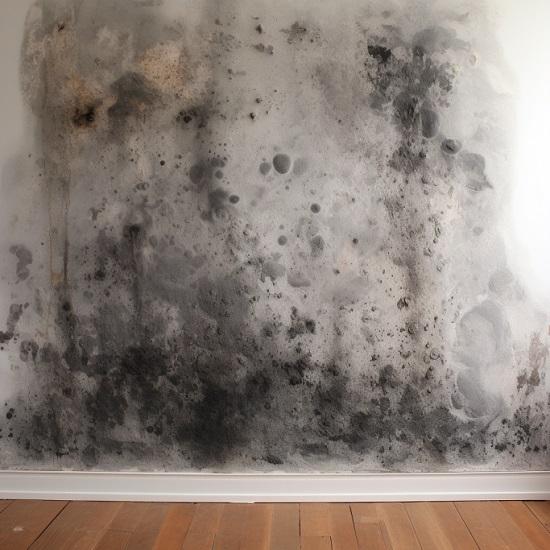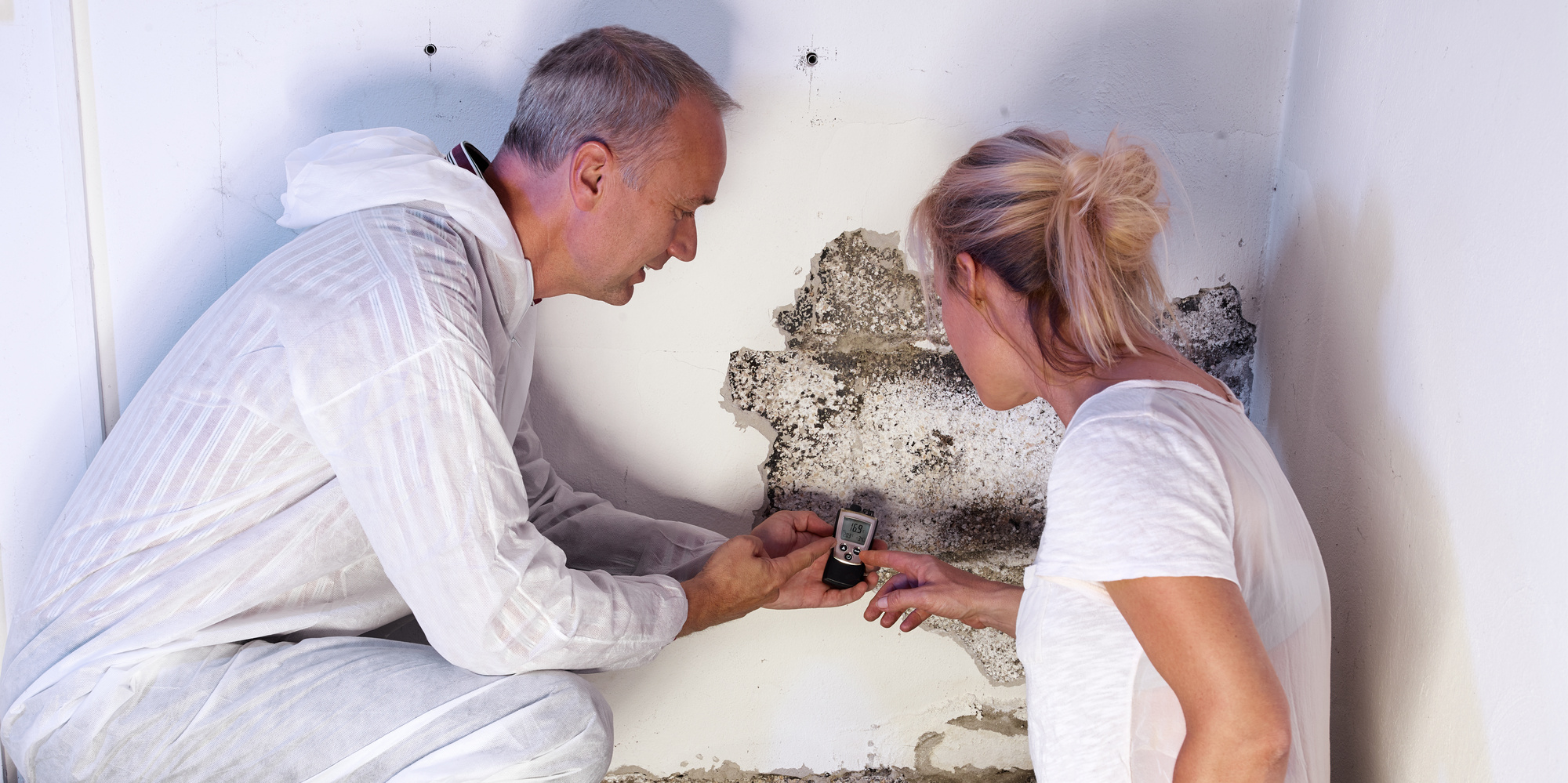Your Ultimate Overview to Article Mold And Mildew Remediation Techniques
Navigating the world of post-mold removal strategies is a meticulous process that demands focus to detail and a comprehensive understanding of the details involved. In the aftermath of mold and mildew infestation, knowing how to successfully remove the mold and avoid its reoccurrence is critical for keeping a healthy interior environment. From picking the ideal cleansing and disinfecting methods to applying methods for long-term mold and mildew prevention, each step in the remediation trip plays a critical role in making certain an effective end result. As we start this exploration of post-mold removal strategies, we will reveal the vital methods and best methods that can assist you restore your room to its pre-mold condition and guard it versus future mold and mildew threats.
Comprehending Post-Mold Remediation Refine
After finishing the mold removal process, it is crucial to recognize the post-mold remediation strategies that are needed to guarantee a reliable and thorough clean-up. Once the mold has been gotten rid of, the next action entails cleaning and disinfecting the influenced locations to avoid any regrowth of mold. This includes making use of specialized cleaning agents to wipe down surface areas and kill any kind of staying mold and mildew spores. It is necessary to dry out the area completely to inhibit the growth of mold in the future (After mold remediation). Correct air flow and dehumidification can help in this procedure.
Moreover, conducting a final examination post-remediation is crucial to ensure that all mold and mildew has actually been efficiently removed. This examination should include a complete visual check as well as perhaps air sampling to verify the absence of mold spores in the air. If the assessment reveals any type of remaining mold, extra removal might be essential. Enlightening occupants on preventative steps such as managing wetness levels and without delay attending to any kind of water leakages can assist preserve a mold-free setting.
Efficient Cleaning Up and Disinfecting Approaches

Stopping Future Mold Growth

Importance of Correct Air Flow
Proper air flow plays a vital role in preventing dampness build-up, a vital element in mold navigate to this site and mildew development within interior atmospheres. Effective ventilation systems assist eliminate excess humidity from the air, decreasing the chances of mold and mildew spores finding the moisture they require to spread and germinate. Without adequate air flow, interior areas can come to be a breeding place for mold, causing potential health threats and architectural damages.
By ensuring correct air flow, ventilation systems can this hyperlink likewise aid in drying out wet areas extra promptly after water damage or flooding cases, additionally hindering mold and mildew growth. testing air quality after mold remediation. In areas like washrooms, attic rooms, cellars, and kitchens where wetness degrees tend to be greater, mounting and maintaining reliable air flow systems is crucial in stopping mold and mildew invasions

Monitoring and Maintenance Tips
Provided the vital function that proper air flow plays in stopping mold growth, it is essential to develop efficient tracking and upkeep pointers to guarantee the continued capability of air flow systems. Surveillance humidity levels within the building is additionally important, as high humidity can add to mold development. By staying positive and attentive to the problem of ventilation systems, building proprietors can effectively minimize the threat of mold regrowth and maintain a healthy and balanced interior setting.
Final Thought
To conclude, post-mold removal strategies are important for making certain a secure and tidy setting. Understanding the procedure, carrying out efficient cleaning and disinfecting techniques, preventing future mold development, preserving appropriate air flow, and normal surveillance are all essential action in the remediation procedure. By adhering to these guidelines, you can successfully remove mold and mildew and avoid its return, promoting a healthy living or working space for all occupants.
In the results of mold problem, understanding how to successfully remove the mold and prevent its reoccurrence is vital for keeping a healthy and balanced interior environment. When the mold and mildew has actually been eliminated, the following action entails cleansing and sanitizing the impacted areas to avoid any kind of regrowth of mold - Post Remediation verification. After getting rid of visible mold development, it is vital to cleanse all surfaces in the afflicted location to remove any type of staying mold spores. To additionally enhance mold prevention steps, it is vital to resolve underlying concerns that originally led to mold and mildew growth.Given the vital role that proper ventilation plays in stopping mold and mildew growth, it is imperative to develop reliable monitoring and upkeep ideas to make sure the continued functionality of air flow systems